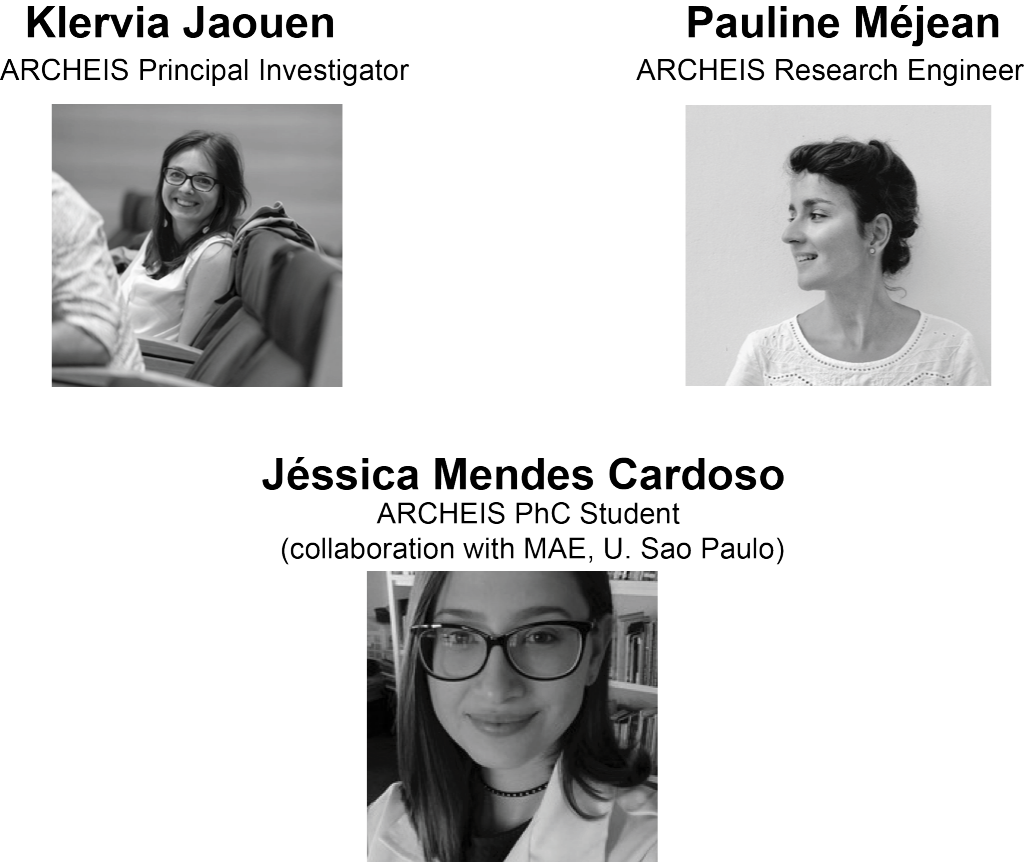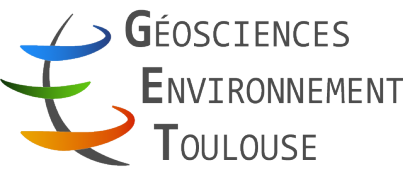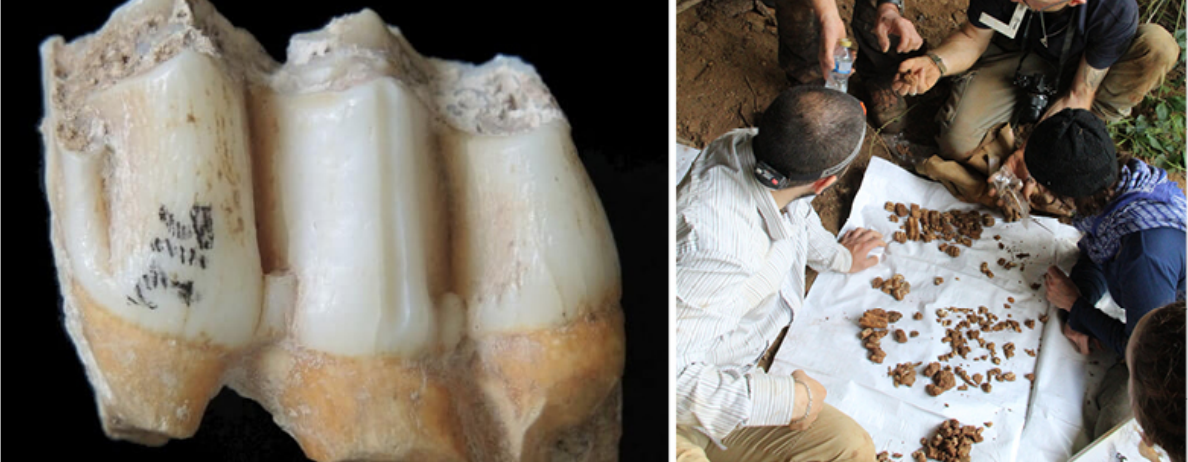Projet ERC 2019-2024 porté par Klervia Jaouen
Project summary
The onset of the systematic consumption of marine resources is thought to mark a turning point for the hominin lineage. To date, this onset cannot be traced, since classic isotope markers are not preserved beyond 50 – 100 ky. Aquatic food products are essential in human nutrition as the main source of polyunsaturated fatty acids in hunter-gatherer diets. The exploitation of marine resources is also thought to have reduced human mobility and enhanced social and technological complexification. Systematic aquatic food consumption could well have been a distinctive feature of Homo sapiens species among his fellow hominids, and has been linked to the astonishing leap in human intelligence and conscience. Yet, this hypothesis is challenged by the existence of mollusk and marine mammal bone remains at Neanderthal archeological sites. Recent work demonstrated the sensitivity of Zn isotope composition in bioapatite, the mineral part of bones and teeth, to dietary Zn. By combining classic (C and C/N isotope analyses) and innovative techniques (compound specific C/N and bulk Zn isotope analyses), I will develop a suite of sensitive tracers for shellfish, fish and marine mammal consumption. Shellfish consumption will be investigated by comparing various South American and European prehistoric populations from the Atlantic coast associated to shell-midden and fish-mounds. Marine mammal consumption will be traced using an Inuit population of Arctic Canada and the Wairau Bar population of New Zealand. C/N/Zn isotope compositions of various aquatic products will also be assessed, as well as isotope fractionation during intestinal absorption. I will then use the fully calibrated isotope tools to detect and characterize the onset of marine food exploitation in human history, which will answer the question of its specificity to our species. Neanderthal, early modern humans and possibly other hominin remains from coastal and inland sites will be compared in that purpose.
The aim of the project ARCHEIS is to characterize the onset of food exploitation in human history.
NEWS :
18/05/2020
New Publication on the Weaning effect on Zn isotope composition in Human Teeth !!
We discovered that Zn isotope ratios are higher in Teeth forming before weaning age than after. We also document the potential Contamination Issues resulting from the use of Nitrile or Latex glove during Tooth sampling.
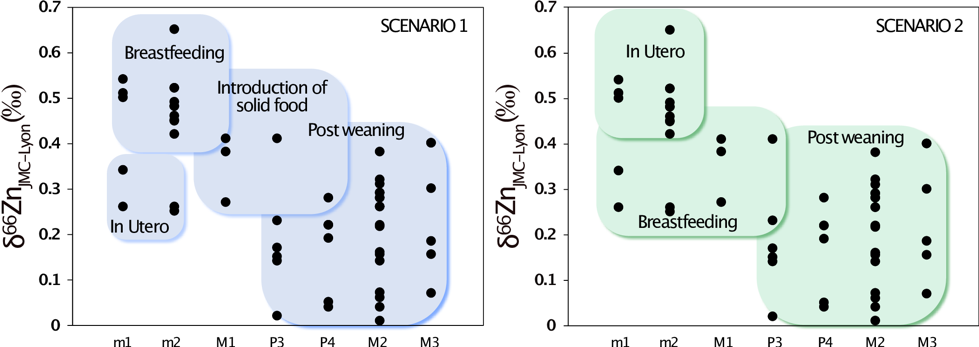
Ref: Jaouen, K., et al. « Zinc isotope variations in archeological human teeth (Lapa do Santo, Brazil) reveal dietary transitions in childhood and no contamination from gloves. » PloS one 15.5 (2020): e0232379.
18/02/2020
New Publication on the preservation of Zn isotopic dietary signature in Pleistocene fauna !
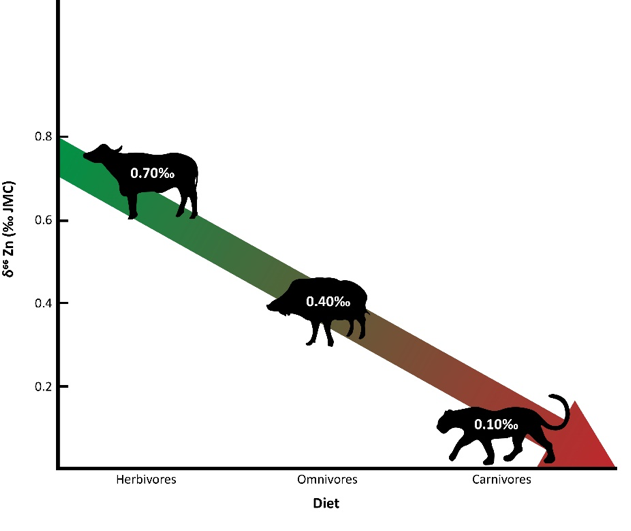
The CNRS press release : http://www.cnrs.fr/sites/default/files/press_info/2020-02/CP_MH_PNAS.pdf
For more information, some media coverage is available in French, English and German !
Ref: N. Bourgon, et al., Zinc isotopes in Late Pleistocene fossil teeth from a Southeast Asian cave setting preservepaleodietary information. Proceedings of the National Academy of Sciences (2020) https:/doi.org/10.1073/pnas/1911744117.
The Collagen Extraction Lab Is Running
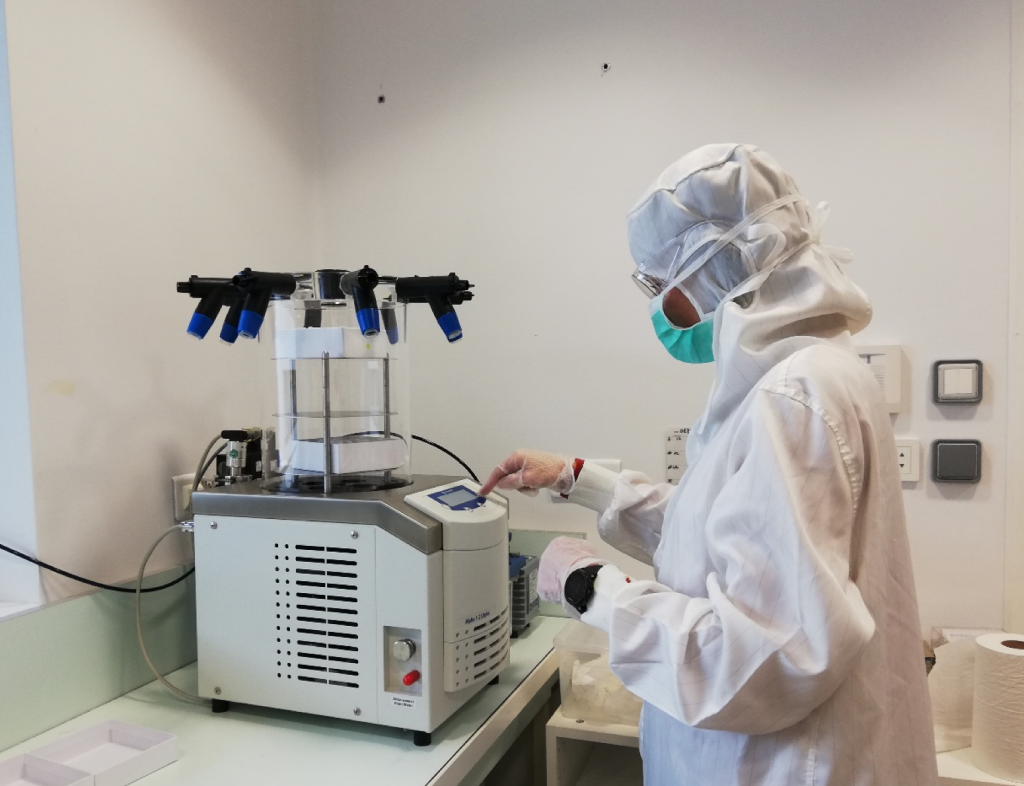
Research Team
